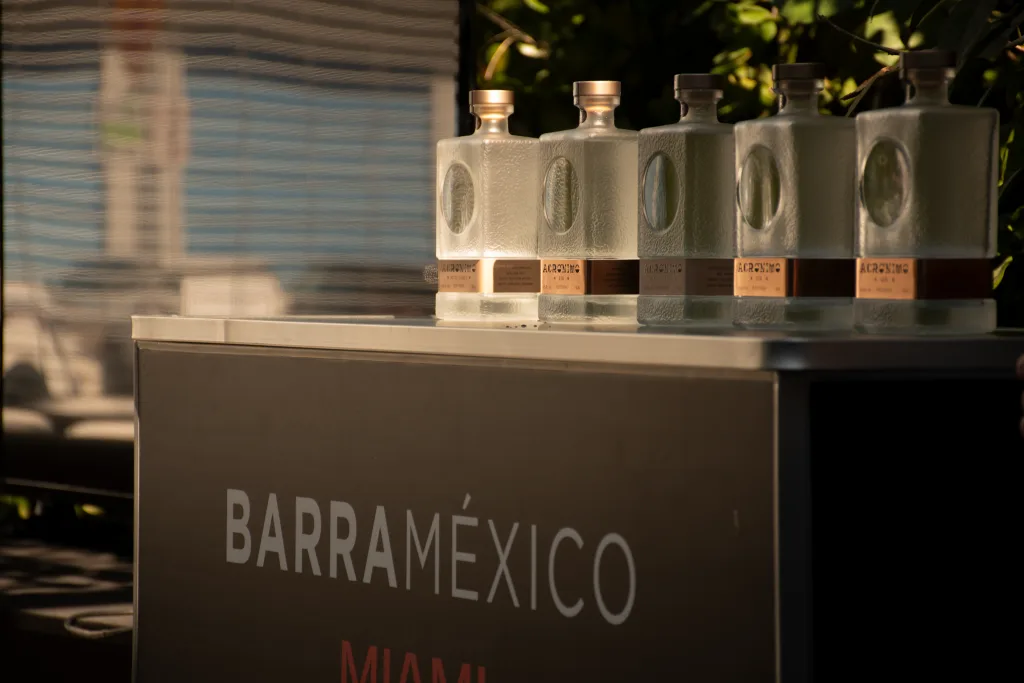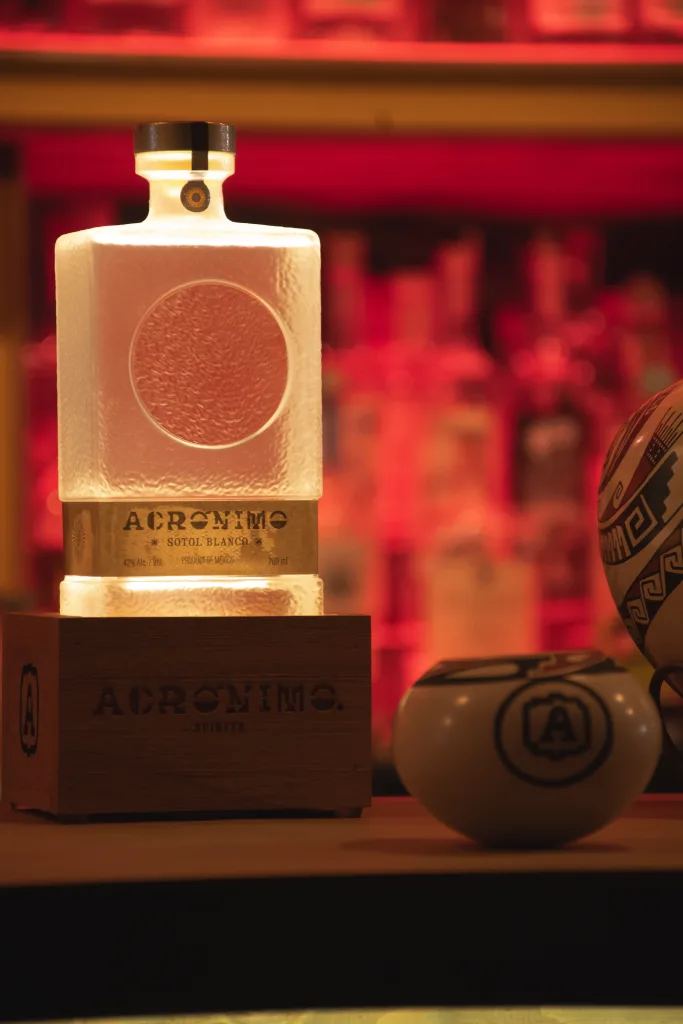From Sotol Blanco to Sotol Gin: How This Spirit Brand is Changing the Game

In the ever-changing landscape of craft spirits, creativity is everything. The evolution of sotol blanco into a full-fledged line of premium spirits—including the newly favorite sotol gin—is among the most fascinating developments of recent years.
This development is not only reshaping Mexico’s wild desert plant but also remarkably changing the global scene of spirits.
Table of Contents
Understanding Sotol Blanco: The Basis of a Revolution
Native to Northern Mexico, sotol blanco, distilled from the Dasylirion plant—also known as the desert spoon—is Sotol blanco distinguishes itself from tequila and mezcal despite their commonalities in plant base and production technique.
Unlike agave spirits, sotol is made from a plant that grows in desert conditions free from human intervention over 15 years.
Sotol blanco’s earthy, vegetal character distinguishes it specifically. Offering a simple yet sophisticated taste that appeals to both experienced drinkers and adventurous newcomers, it often has aromas of desert grass, black pepper, and minerals.
For years, it was a lesser-known spirit mostly drunk in Mexico. These days, it’s becoming a worldwide phenomenon.
The Emergence of Sotol Gin: Bottled Innovation
Sotol gin has evolved naturally as craft distillers push boundaries. Sotol gin closes the distance between old Mexican history and modern mixology by combining the untamed essence of sotol blanco with conventional botanicals, including juniper, coriander, and citrus peels.
It’s reimagining what gin can be by giving every bottle depth, character, and regional authenticity.
Sotol gin is unique mostly in taste intricacy. While traditional gin mostly depends on juniper, sotol gin offers a strong earthiness that balances rather than competes with its botanical foundation.
Bartenders looking to improve traditional gin cocktails like the Negroni or the Gin & Tonic with a strong Mexican twist will find this a favorite.
From Tradition to Trends: The Brand Story
Visionary companies that identified the unrealized potential of the Dasylirion plant helped to explain the emergence of sotol spirits.
These businesses are not only respecting age-old distilling methods but also modernizing flavor testing, eco-friendly packaging, and aging variances.
Starting with a single sotol blanco expression, one notable brand has evolved to include infused variations, barrel-aged alternatives, and, of course, sotol gin. Working closely with nearby communities and selecting wild-harvested plants guarantees both sustainability and cultural authenticity.
Their dedication to excellence and creativity has brought them honors at international spirit contests and a growing following all over.

Why Customers Are Changing Their Buying Habits
More people are choosing sotol equivalent for a number of reasons.
Different Flavor Profile:
- Sotol’s earthy quality offers a welcome change from the sweet or smokey aromas of tequila and mezcal.
- Authenticity and Workmanship: The manufacturing procedure honors conventional techniques, thereby producing a really artistic quality.
- Wild harvesting and natural maturing help sotol to be more sustainable.
- Versatility: Both sotol blanco and sotol gin can be drank straight-forward or in creative cocktails.
How Mixologists and Bartenders Are Using Sotol Gin
The realm of mixology is continually searching for new additives that might improve the drinking experience. The possibilities with sotol gin are unlimited.
From contemporary Mexican twists on the Martini to herb-forward Gin Fizz renditions, bartenders are exhibiting this special spirit in many different ways.
Furthermore, gaining popularity in the culinary arts is sotol gin. Chefs are combining it with earthy vegetable dishes, grilled seafood, and even using it as a base for lively marinades.
It’s a flexible addition to any bar or kitchen, as its strong taste can withstand a great spectrum of ingredients.
Challenges and the Road Ahead
Sotol still struggles for worldwide awareness even if it is becoming more and more popular. Unlike tequila or mezcal, which have protected degrees of origin, sotol is still very obscure in many other countries.
Expanding its presence will depend much on awareness-raising and education.
Fortunately, enthusiastic brand champions and producers are volunteering to help. By means of clever marketing, influencer collaborations, and taste events, they are ensuring sotol rightfully ranks among the best spirits available worldwide.
FAQs
- What is sotol blanco made from?
Distilled from the Dasylirion plant—also known as the desert spoon—growing wild in Northern Mexico, sotol blanco is
- How different is sotol gin from conventional gin?
Unlike most gin, Sotol gin has an earthy, herbaceous taste because it uses the sotol plant as its base spirit instead of the usual grain or corn.
- Can cocktails call for sotol?
Surely! Offering distinctive depth and character, both sotol blanco and sotol gin shine especially in classic and modern cocktails.
- Is sotol ecological?
Indeed, the Dasylirion plant develops naturally without human intervention; ethical growers gather it sustainably.
- Where might I get sotol gin?
Sotol gin is sold online, at some liquor stores, and at specialized spirit shops. As demand rises, its availability is spreading.
Conclusion: Spirits with a bold future
From its modest origins as sotol blanco to the creative ascent of sotol gin, this once overlooked spirit is altering the game.
Sotol is making a well-earned place in the premium spirits industry with its distinctive taste, environmentally friendly manufacturing, and rising worldwide appeal.
Whether your taste is for spirits, mixology, or just something different, sotol provides an experience anchored in history yet unabashedly future-forward.
